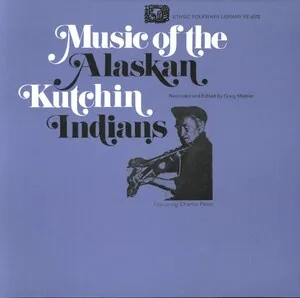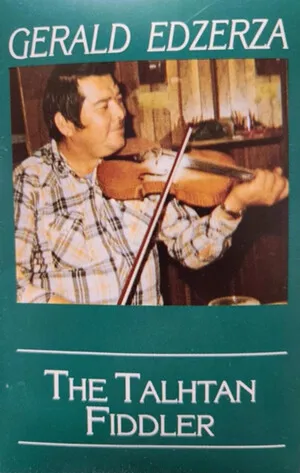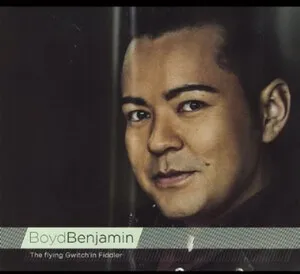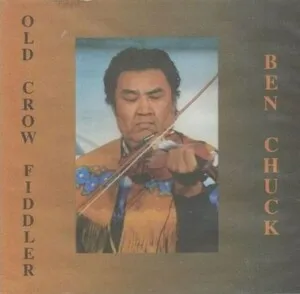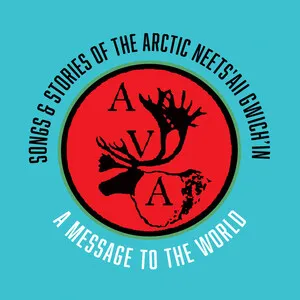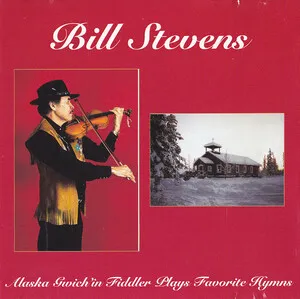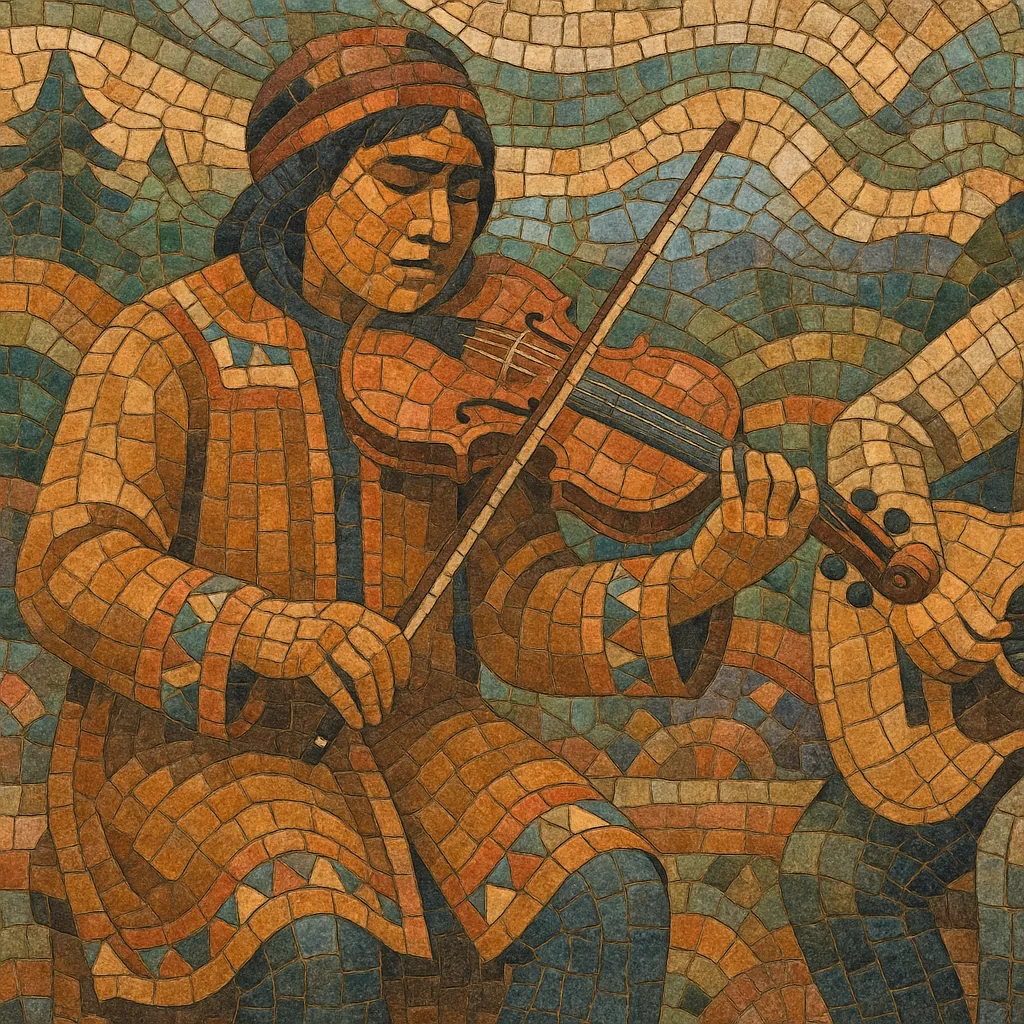
Athabaskan fiddling is a community-centered old-time fiddle tradition that developed among Athabaskan (Dene) peoples—especially in Interior Alaska—after the violin and European social dances were introduced by fur traders and missionaries in the 19th century.
It blends dance forms such as reels, two-steps, jigs, polkas, schottisches, and waltzes with local aesthetics: warm, steady tempos optimized for social dancing; clear melodies ornamented with double-stops and drones; and ensemble backline (often guitar) emphasizing strong, predictable downbeats. The result is a distinctive Indigenous North American fiddle style that is both celebratory and social, with tunes tailored to potlatches, village gatherings, and regional festivals.
European and Métis fur traders, missionaries, and riverboat crews brought fiddles and dance repertoires into Athabaskan territories during the 1800s. Athabaskan players adopted the instrument quickly, adapting reels, two-steps, jigs, polkas, schottisches, and waltzes into village dance contexts. This early period established the stylistic foundations—dance-first pacing, steady groove, and strong downbeats—that still define the genre.
Fiddling became a core feature of social life at potlatches and seasonal gatherings across Interior Alaska and neighboring Dene regions. Knowledge passed orally within families and communities, with tunes localized by village and region. Guitar backline (and sometimes banjo or accordion) reinforced the rhythmic bed for dancers, and local bowing nuances and tune variants proliferated.
From the late 20th century onward, regional fiddling events—most notably the Athabascan Old-Time Fiddling Festival in Fairbanks—helped document, celebrate, and transmit the tradition across generations. Community radio, local recordings, and cultural organizations amplified visibility, while youth workshops sustained a pipeline of young players. Today, Athabaskan fiddling remains a living, dance-led tradition—performed at community events, cultural festivals, and gatherings—balancing historical repertoire with locally favored variants and new tunes that fit the classic social-dance framework.

